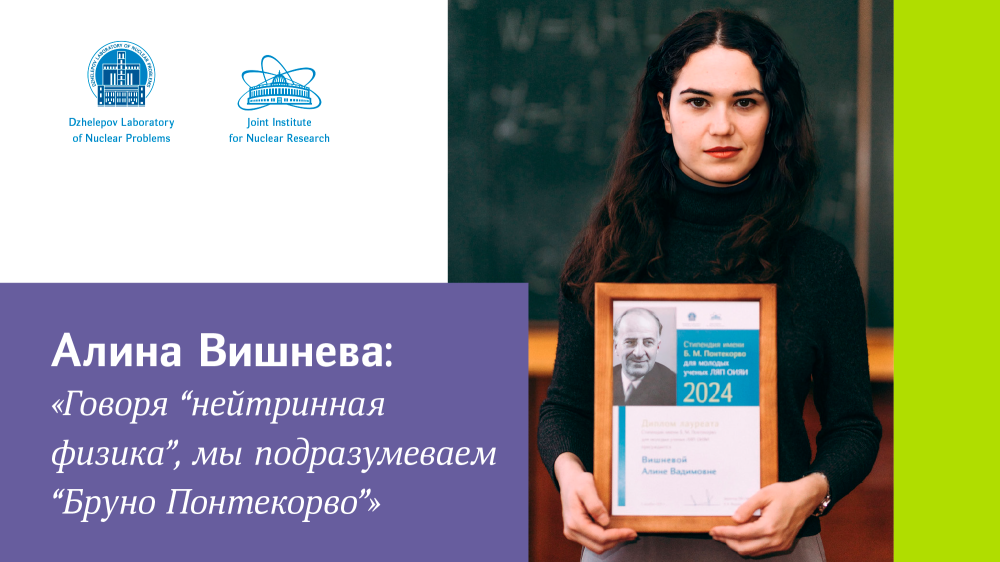“Influence of Structural Defects of Lutetium Oxyorthosilicate on Optical Properties of LYSO crystals” by V. A. Kalinnikov
This scatter is associated with the method of growing long LYSO crystals (Czochralski method) which is technically and technologically complex and requires taking into account physical and chemical phenomena during growth, for example, crystallographic anisotropy caused by the circular section of growing crystals, changes in the composition and melt density during growth.
Without taking these requirements into account, many defects are formed in the crystal structure, namely, scattering centers, silicon and oxygen vacancies which strongly affect the scatter of scintillation properties along the length and perimeter of the crystal, which will lead to deterioration in spatial, energy, and temporal resolution of the calorimeter.
In this regard, it is necessary to perform the studies of the effect of defects in the crystal structure on crystal optical properties in order to select the type of the crystal, manufacturer's company and methods that allow improving parameters of precision electromagnetic calorimeters based on LYSO crystals.
The report considers the processes of influence of crystal structure defects on light yield non-uniformity along the crystal length, on the decay time, on luminescence spectrum intensity and energy resolution of crystals in the calorimeter.







